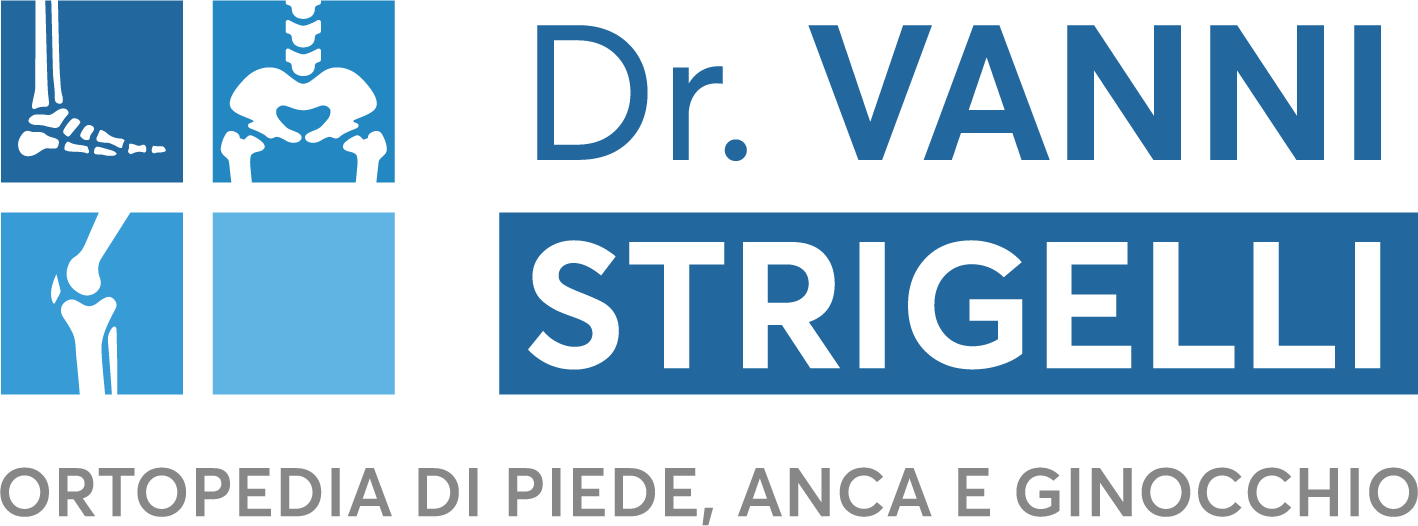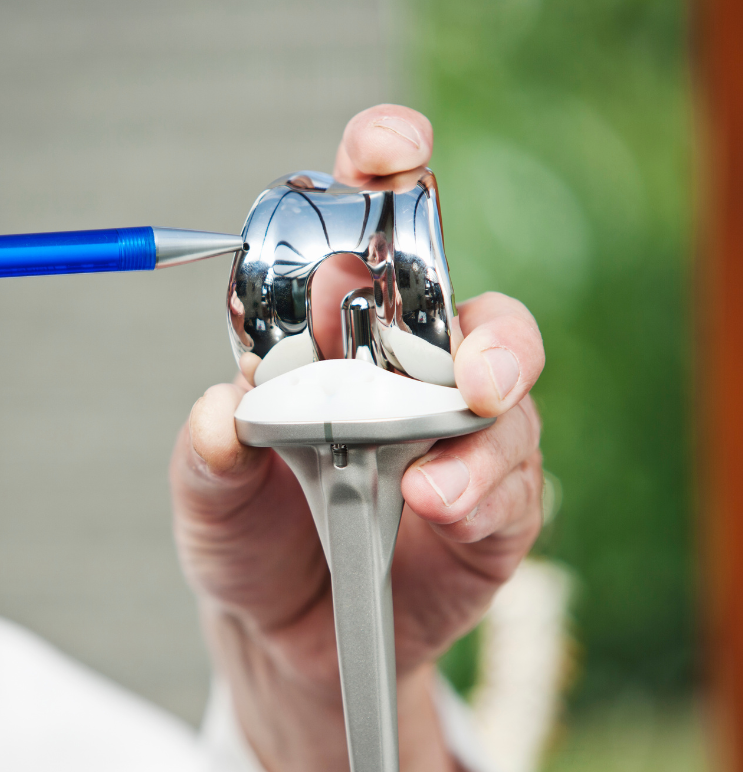What should you know about knee prosthetics? The knee is perhaps the most complex joint in the human body, playing a fundamental role in ensuring mobility and stability during daily activities.
Comprising various anatomical components, including the femur, tibia, patella, and ligaments, the knee is subject to constant stress and can undergo damage or degeneration over time.
It is estimated that more than half of people over 50 have experienced knee issues causing pain and difficulty in movement. Of these individuals, 30% suffer from arthritis, often only resolvable through knee prosthesis surgery.
Let’s learn more about the knee joint, the problems that may arise, and treatment through prosthetics.
Knee Replacement: Starting with Anatomy
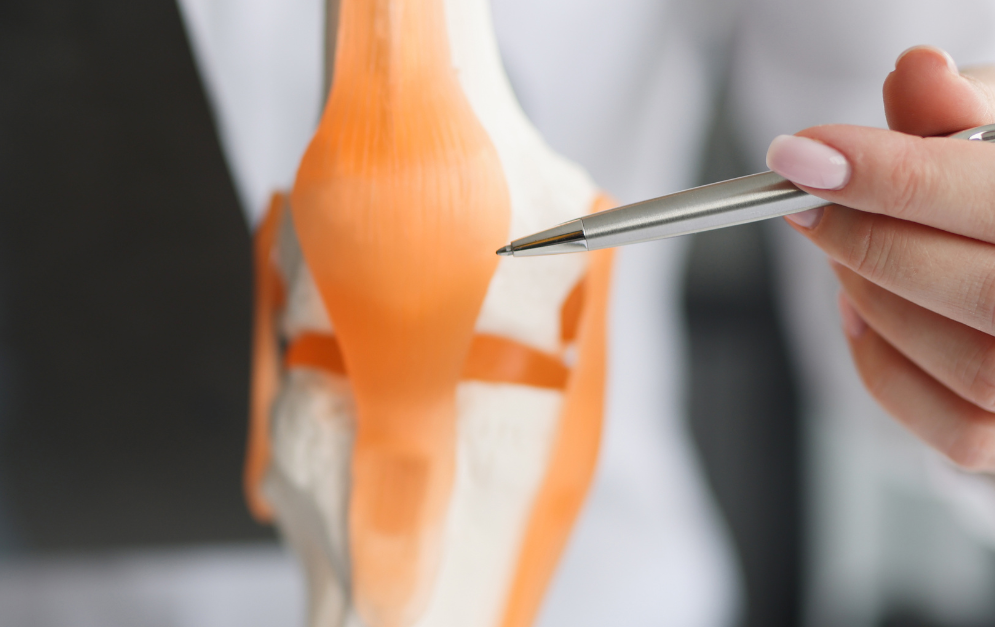
The knee features a complex synovial joint (the term “synovial” refers to the membrane and synovial fluid that coat and lubricate movable joints, enabling smooth and frictionless movement) among three main bones: the femur, tibia, and patella. These bony components are stabilized by a series of ligaments, tendons, and cartilage, which play a crucial role in knee functionality and mobility.
There are four knee ligaments in total:
- Anterior cruciate ligament (ACL) and posterior cruciate ligament (PCL), interweaving at the joint’s center, preventing excessive forward and backward movements of the femur relative to the tibia.
- Medial collateral ligament (MCL) and lateral collateral ligament (LCL), ensuring lateral stability of the knee.
Knee tendons include the patellar tendon, connecting the patella to the tibia, and the quadriceps tendon, linking the muscles of the femoral quadriceps to the patella. These tendons are essential for transmitting muscular forces during knee flexion and extension. - Articular cartilage, present on the surface of knee bones, provides a smooth and cushioning interface that reduces friction during movement.
- Meniscal cartilages, crescent-shaped, are located between the tibia and femur, contributing to load distribution and improving joint stability.
Understanding knee anatomy is crucial to comprehend what happens when the joint becomes diseased or experiences injury. These events compromise knee stability, causing pain and movement limitations. Prompt intervention upon manifestation can allow for the full joint functionality recovery, potentially avoiding surgery and postoperative procedures.
But what are the conditions that can affect the knee to the extent of requiring a prosthesis?
Major Knee Problems
The knee is susceptible to various conditions that may necessitate prosthesis implantation to restore joint functionality, including:
- Osteoarthritis, the most common form of arthritis, occurring when the protective cartilage inside the knee progressively deteriorates.
- Rheumatoid arthritis, an autoimmune disease affecting joints, including the knee. Chronic joint inflammation can damage cartilage, bones, and surrounding tissues.
- Injuries to knee ligaments, such as the anterior cruciate ligament (ACL) or the medial collateral ligament (MCL), leading to instability and chronic pain.
- Severe traumas, like complex joint fractures or multiple soft tissue injuries, which can irreparably damage the knee.
- Avascular necrosis, a condition where a portion of the knee bone loses its blood supply and deteriorates. Avascular necrosis can result from various factors, including steroid use or vascular diseases. In many patients, the cause remains unclear.
In all these cases, knee prosthesis surgery helps restore joint stability and functionality, eliminating pain and movement restrictions. But how is a knee replacement constructed? What is the implantation process like?
Knee Prosthesis: In Detail
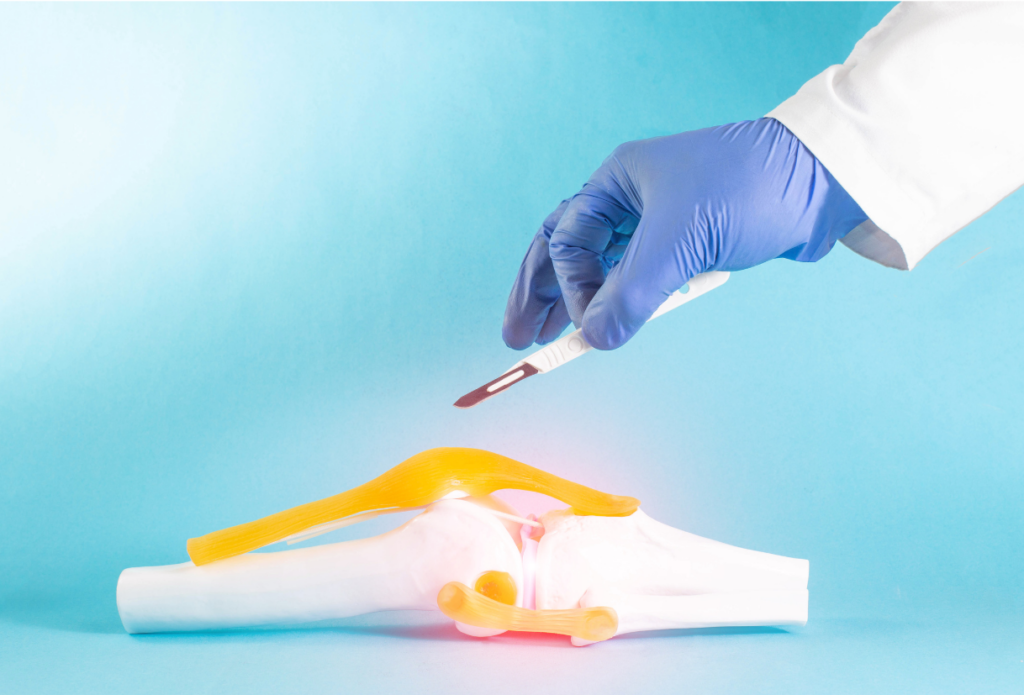
A knee prosthesis consists of artificial components simulating the anatomical parts of the natural joint.
The main components include a femoral portion, replacing the femoral articulating surface, a tibial portion, replacing the tibial articulating surface, and occasionally a patellar portion, substituting the patellar articulating surface.
Knee prostheses can be made using a combination of materials, including metallic alloys (e.g., titanium, cobalt-chromium) and high-strength polyethylene.
These materials are biocompatible and highly durable. The materials used ensure maximum durability, lasting for more than twenty years post-implantation.
Knee Prosthesis Implantation
Knee prosthesis implantation requires a specialized surgical approach. During the procedure, the specialist attaches the prosthetic components to the knee bones, using a combination of surgical cement or bone anchors.
The surgery is performed under spinal anesthesia. It necessitates rigorous pre-operative preparation, a precise evaluation of the patient’s anatomy and knee conditions. Accurate planning is crucial to achieve proper joint alignment and stability.
Today, where possible, efforts are made to apply minimally invasive surgery techniques. These advanced surgical procedures aim to reduce the extent of incision and tissue trauma during the operation.
Specialists utilizing these methods employ specific tools and modern technologies. This allows for more precise surgery, reducing the risk of postoperative complications.
Prostheses have significantly improved over the years in terms of design, material quality, and bone fixation techniques.
Knee prostheses can be cemented or uncemented. The latter is reserved for younger patients with good bone quality.
Therefore, it is important to choose a specialized surgeon who can identify the most suitable implant type.
Computer-Assisted Knee Arthroplasty or Computer Navigation is also available. It provides real-time information on the position and alignment of the knee joint during surgery. This allows for enhanced accuracy in component placement and is typically used in special cases where traditional tools may not suffice.
When arthritis affects only a specific portion of the knee, a partial prosthesis (unicompartmental) can be used. This can be placed to replace only the diseased area of the knee, sparing the other structures.
Is the Prosthesis Felt Inside the Body After Recovery?
A common question many patients ask before undergoing knee prosthesis surgery concerns the sensations experienced once the prosthesis is implanted.
When you have a knee prosthesis, you may feel a sensation or hear a clicking noise during certain movements. This phenomenon is known as “crepitus” and can be attributed to various factors:
The prosthesis itself is composed of artificial materials, such as metal and plastic, which can generate a certain degree of friction or contact during joint movement.
During the healing and recovery process after surgery, the body forms a capsule of scar tissue around the prosthesis to stabilize it. This tissue can be elastic or fibrotic, and its interaction with the prosthesis may contribute to the sensation of crepitus.
It is important to emphasize that the presence of crepitus is not necessarily indicative of a problem.
However, if crepitus is accompanied by pain, swelling, limited movement, or other suspicious symptoms, it is advisable to consult the attending physician for a thorough evaluation.
How to Sleep with the Prosthesis?
Another question frequently posed by patients undergoing knee prosthesis surgery concerns the nocturnal management of the prosthesis. Many were accustomed to experiencing nighttime joint pain and fear that the prosthesis may cause discomfort.
With a knee prosthesis, you can sleep in any preferred position. In the immediate postoperative period, placing a pillow under the knee is not recommended.
Before bedtime, it may be necessary to adopt, at least for the first few months after the operation, pain management measures. For example: applying ice or taking analgesic medications prescribed by the attending physician to avoid compromising sleep quality.
Conclusions
Knee prosthesis is a medical solution that has transformed the lives of millions. This advanced surgical procedure offers a wide range of benefits, including a significant improvement in mobility, pain reduction, and a return to an active lifestyle.
It is a highly successful intervention, but like all procedures, it carries possible complications. It is, therefore, essential to be operated on in a super-specialized environment.
If you suffer from knee pain or conditions such as arthritis, do not hesitate to contact me. I am an orthopedic expert in Florence, my name is Vanni Strigelli, and with my experience, I will be able to identify the best treatment for your condition.
